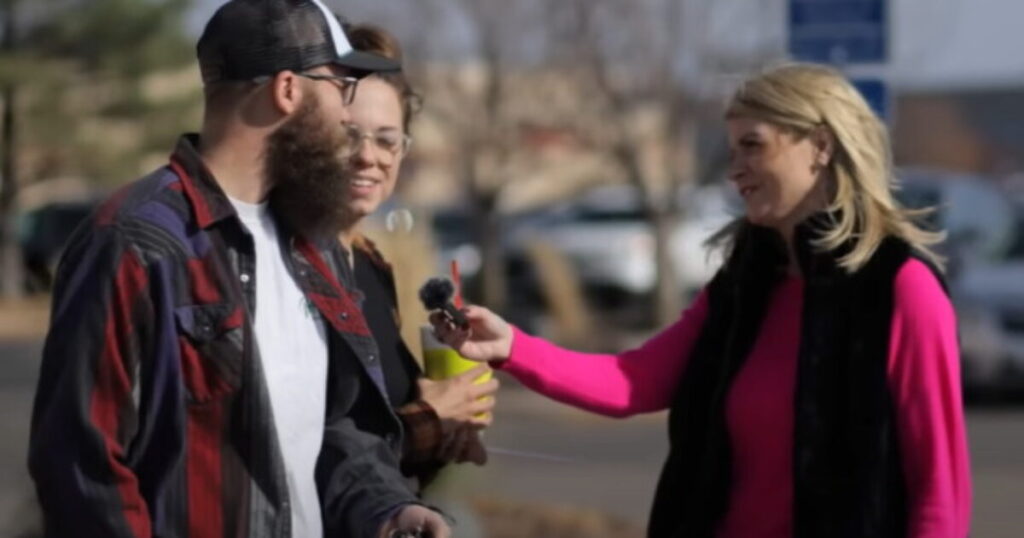Alpha News, a media outlet based in Minnesota, recently dispatched a reporter to Mankato, the hometown of Tim Walz, the state’s current governor and vice-presidential candidate. The findings from this expedition revealed a surprising sentiment among local voters—each individual interviewed expressed their intention to vote for Donald Trump. This introspection into Mankato, a city known for its political history and engagement, underlines a significant shift in voting sentiment, casting doubt on the support for Walz among his own constituents. The state of Minnesota has not voted Republican in a presidential election since Richard Nixon in 1972, marking any potential shift towards Trump as noteworthy and indicative of broader trends emerging in the political landscape.
The implications of Trump clinching a win in Minnesota, particularly with Kamala Harris running alongside the sitting governor, would be profound for the Democratic Party. Such an outcome would not only serve as a significant embarrassment for the Harris campaign but could alter the narrative surrounding Democratic strongholds. With polls indicating a close race, the possibility of Trump’s success in Minnesota is becoming more tangible, adding a layer of tension and uncertainty to the upcoming election. This political dynamic highlights a potential division within traditionally Democratic areas, especially as many voters seem to be reevaluating their allegiances.
During their visit, the Alpha News team engaged with various residents, collecting their perspectives on both Tim Walz and the upcoming election. The responses they received ranged from indifference to outright dissatisfaction with Walz, exemplifying a notable disconnect between the governor and his hometown voters. One couple openly stated their unwavering support for Trump, declaring him “the only option.” Another voter, despite having non-voted for Trump in the prior election, expressed a shift in allegiance, emphasizing a broader trend of Republican support that is seemingly gaining traction. Such sentiments could reflect a wave of disillusionment with Democratic policies or a deep-seated desire for change.
Many locals indicated that despite Walz’s ties to Mankato, they had not felt any impactful presence from his campaign. Comments like “I don’t care for the man really” encapsulate a lack of enthusiasm for the governor, suggesting that he has not managed to rally local support effectively. This tendency could contribute to a broader re-evaluation of political identities among voters who may not feel adequately represented by the current administration. As a focal point of political discourse, these local dynamics could have substantial implications for the forthcoming election, particularly under the spotlight of national attention.
The environment surrounding early voting in Minnesota is also noteworthy, as indications suggest that Republican voters are currently outperforming their Democratic counterparts. Columnist Dustin Grage observed this increasing trend, hinting at a possible shift in voter engagement and turnout that may not align with historical patterns in a typically blue state. This could create a more competitive electoral landscape, potentially flipping traditionally Democratic areas if the enthusiasm for Trump and Republican candidates persists through the election.
Overall, the observations from Mankato and the broader political climate indicate that Minnesota may be positioning itself for an unexpected transformation in voter behavior. As Republicans prepare for what could be a historic upset, the ramifications of this shift could resonate far beyond the state, influencing national narratives and party strategies moving forward. The dynamic landscape in Minnesota illustrates how current events, voter sentiment, and local connections can intertwine in complex and unpredictable ways, making the upcoming election a pivotal moment for both parties.

